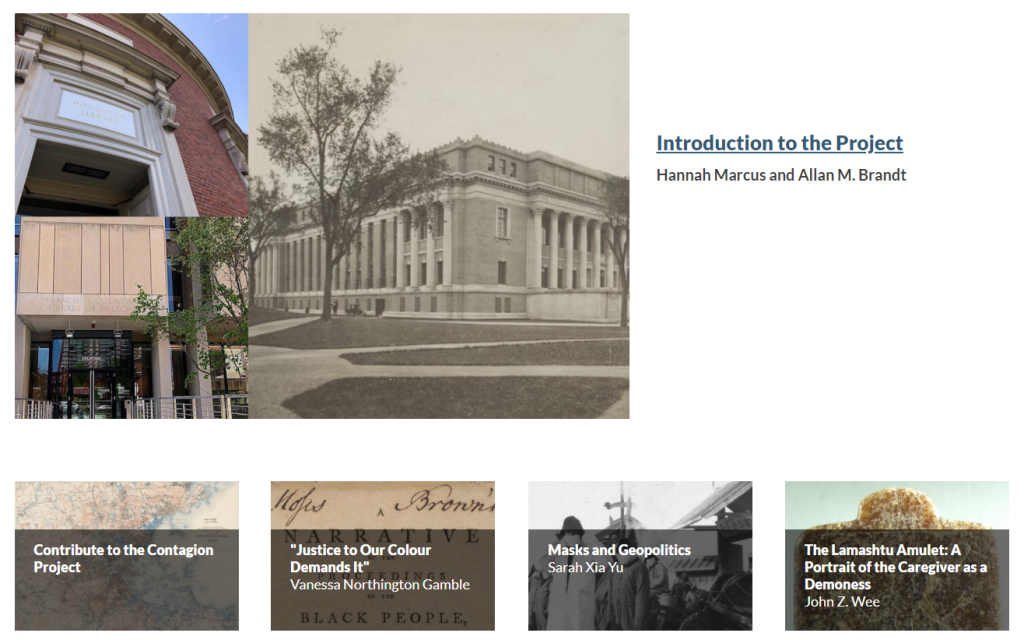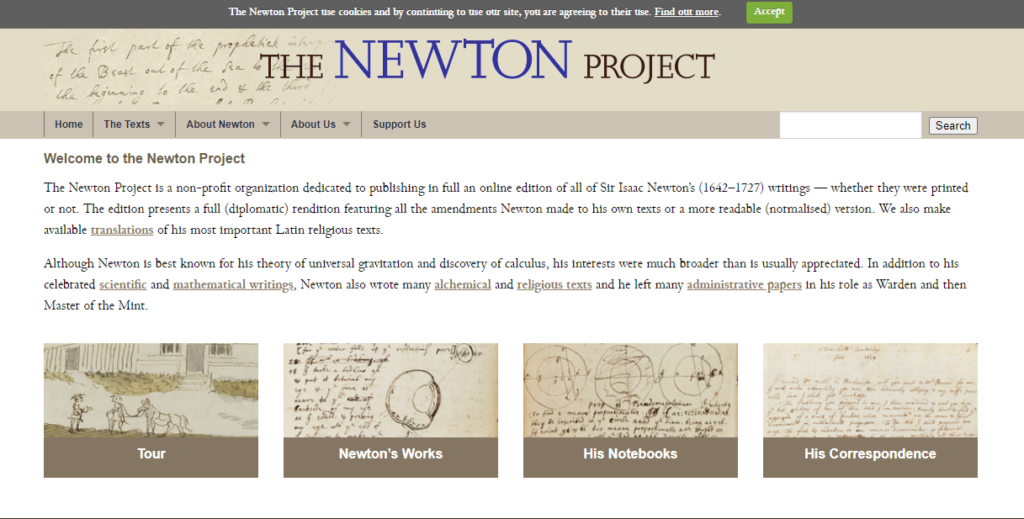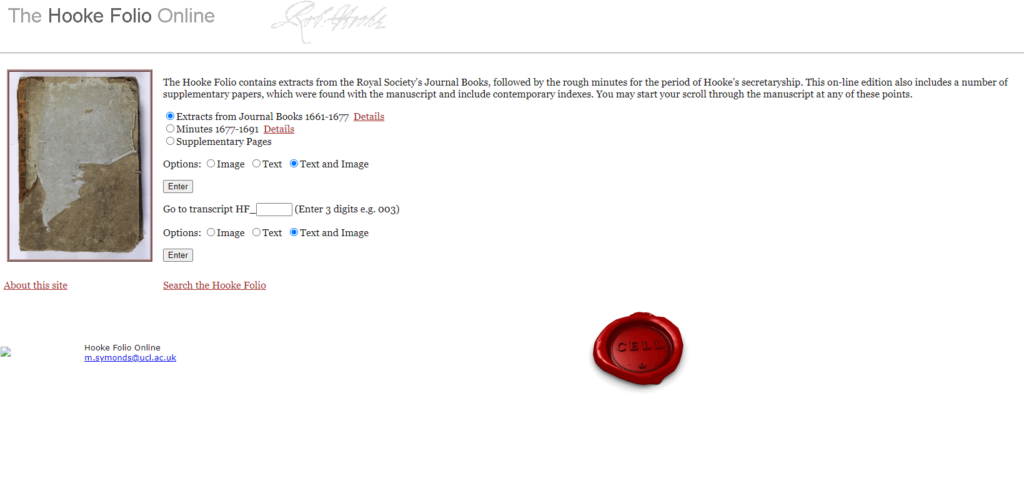
https://ista.univ-fcomte.fr/omekatest/s/atma-english/page/welcome_ATMA
ATMA is a thematic digital library devoted to the technical works of the Western military tradition (tactics, military architecture, ballistics, etc.) from the 16th to the early 17th century. Its aim is to make these texts accessible and facilitate their consultation and study through a series of online digital tools:
- 3D models
- interactive maps
- technical glossary
- identification of intertextual references (in progress)
- “text” version by OCR (in progress)
The project, launched in September 2022, is in its initial phase: ATMA currently has 75 digitised texts (3 of which have been OCR’ed and can be searched using lexical terms), 2 author biographies, 1 3D technical illustration, a geographical map and 1 technical glossary.








